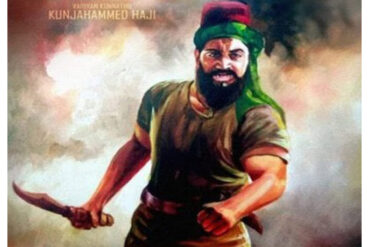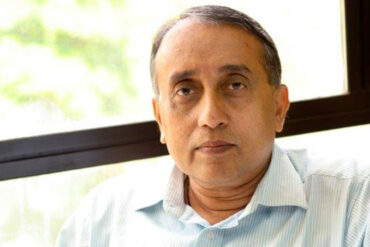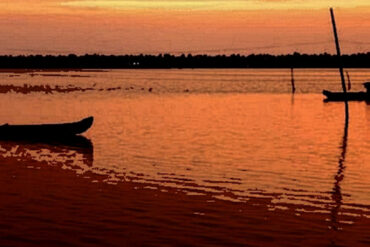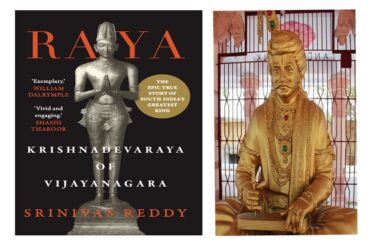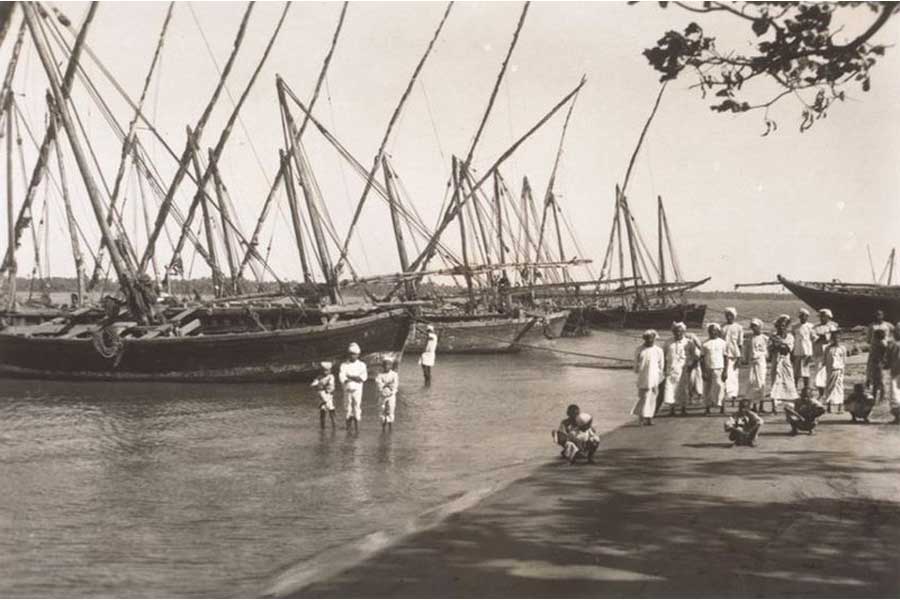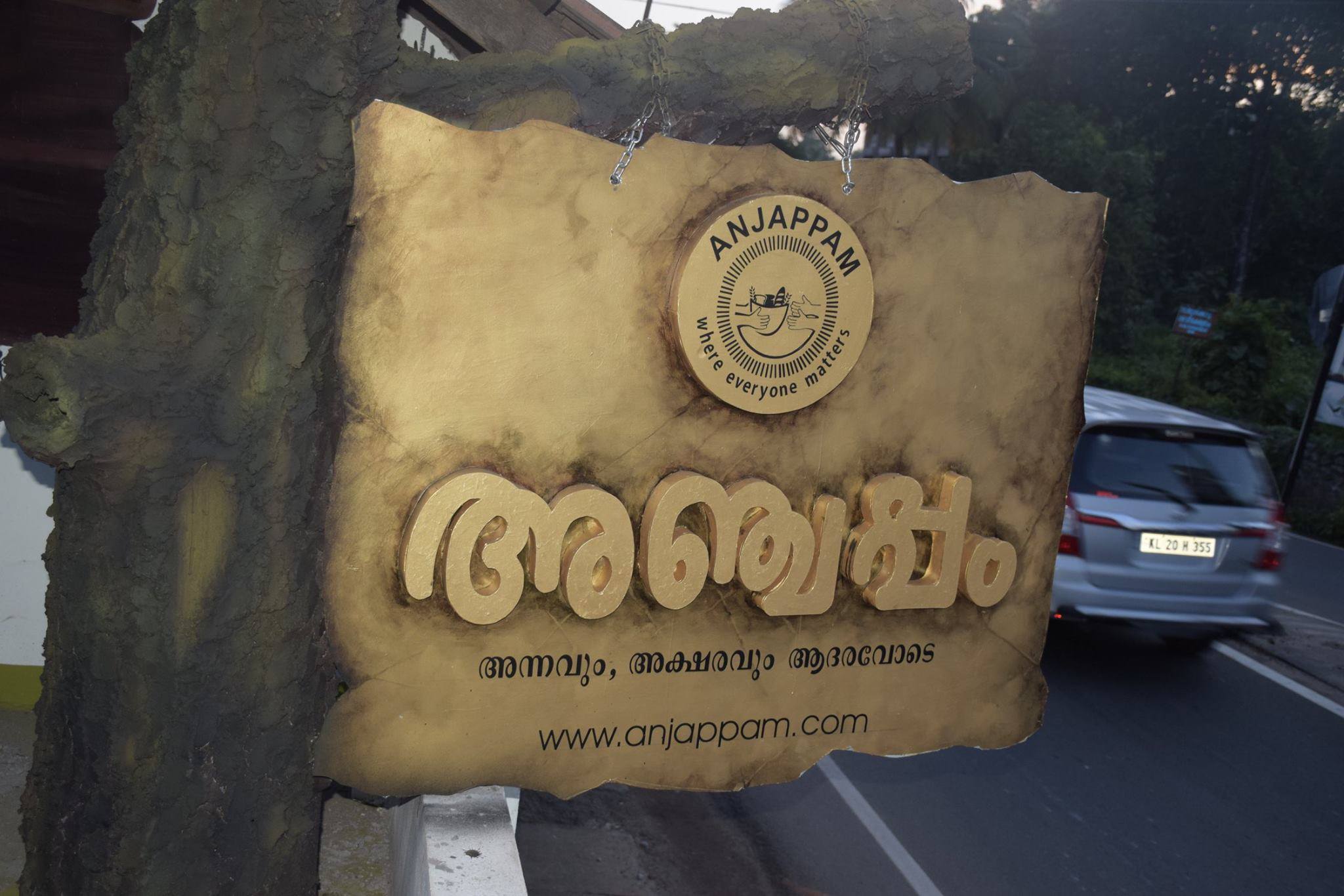There is in Kerala a fascinating legend featuring the Hindu sage Vararuchi and a pariah girl who bore him twelve children. The story is rich in metaphor, and to this day there are families along the coast that claim descent from one or another of their fabled offspring. The eldest, for instance, was raised a brahmin, while the youngest, who oddly had no mouth, is venerated as a temple deity. One son was a celebrated master carpenter, folklore connecting him to shrines across Kerala, while another was a madman whose chief delight lay in rolling a boulder uphill, only to watch it tumble down, over and over. Yet another brought to his esteemed Brahmin brother’s feast beef to eat, while one more of Vararuchi’s tribe settled as a trader. And in a tale that weaves together brahmins and Nairs, a deity as well as a dalit, it is this sibling, Uppukoottan, who introduces a final interesting identity. For Uppukoottan, son of Vararuchi, is believed to have been raised a Mappila, adhering not so much to his father’s Hindu traditions as to the word of the Prophet Muhammad.
While to some the presence of a Muslim in a popular Hindu legend might seem outlandish, to Malayalis the story is by no means unusual. After all, across the length and breadth of Kerala, history and legend are united in featuring Muslims (and Christians) prominently in a shared cultural universe. Arabs had mastered the seas even before the Prophet was born, and soon after its dawn, Islam was delivered to Kerala through long-standing channels of commerce. The oldest mosque in the region, for instance, is said to have been established in the lifetime of the Prophet himself, in 629 CE, though archaeologists quibble about the exact age of the structure. By 849 CE, at any rate, Muslim traders were consequential enough to witness a royal grant (made, incidentally, to Christians), their signatures inscribed in archaic Arabic. When Ibn Battuta, the Moroccan diarist, came here in the course of his travels, he saw men from Persia in settlements along the coast, and one of the most beautiful mosques in Calicut, the turquoise blue Mishkal Palli, was founded soon afterwards by a commercially prolific merchant who began his life and career in faraway Yemen.
The influence of the Mappilas, born from the union of Arabs with local women as well as from subsequent conversions, quickly found reflection in Kerala’s already diverse culture. Some of the principal officials of the Zamorin of Calicut were Muslims, and in the great Mamankam festival at Tirunavaya—the most important religious gathering in Kerala till the eighteenth century—Muslims participated in the colourful revelries just as they did in formal royal ceremonies. At Sabarimala, where hundreds of thousands converge to worship the Hindu god Ayyappa, homage is also paid to Vavar, the deity’s Muslim friend whose name sounds (painfully to some) like Babur. The language of the Mappilas, meanwhile, developed into a unique blend of Malayalam sound and Arabic script, influenced over time by Persian as well as by Tamil and Kannada. Their architecture, too, absorbed Kerala’s indigenous style—the oldest mosques feature no domes or minarets, bearing instead the gables and tiled roof that crown temples and even Christian churches from this era. The nerchchas of the Mappila community, celebrating saints and divines, resemble Hindu festivals—the tall brass lamp, the elephants, bright parasols and fireworks, all integral to the temple pooram as much as to these Muslim commemorations. There is even, in fact, a Mappila Ramayana, featuring Ravana as a sultan; Surpanakha’s proposition to Rama in this version seeks sanction from the Sharia.
Even prominent Hindu lineages embraced Islam. Legend has a king, Cheraman Perumal, journeying to Mecca himself, while a Nair nobleman founded the Muslim dynasty of Arakkal. His line would come to rule over the Lakshadweep Islands, forging links with Tipu as well as the Ottoman sultan, but retaining through the centuries the matrilineal system of succession that allowed women to rule, unencumbered by purdah or seclusion. Such, in fact, was the mass of seafaring Muslims in the coastal towns and ports of Kerala that Ma Huan, the Chinese traveller, was convinced in the fifteenth century that most of the region’s dwellers must be adherents of the Quran. One of the Hindu princes of Calicut certainly commanded every fisherman in his realm to bring up one son for Islam—this would enable them to sail the seas, man the royal navy and contribute to the prosperity of a land where commerce was everything.
It was when the terms of that trade began to suddenly change that the Mappila community encountered its first chapter of decline. The Portuguese, who arrived in 1498, quickly seized control of the seas, marrying commercial rivalry with religious bigotry. Arabs who had reigned supreme for a thousand years were expelled from their pedestals of power. As one authority recorded, the Europeans, with their guns and prejudice, ‘forbade the Muslims to trade in pepper and ginger, and then later cinnamon, cloves and other commodities … They prevented Muslims from making commercial voyages to Arabia, Malacca, Achin and Damao.’ Mappila ships were set ablaze, pilgrimages obstructed, and mosques were destroyed by white men who brought unfair dynamics into the game. At first the Zamorins, in whose dominions resided the vast majority of Mappilas, fought back. But in due course, the cold logic of economics prevailed—the sea of foreign Muslims coming to Kerala was reduced to a trickle, as Hindu rulers came to terms with the Europeans. A few Mappila heroes emerged such as the Kunjali Marakkars, naval guerrillas who gave the Portuguese a real fight. But in the end they too were destroyed, and Muslim influence, it was patent to all, was on a cascading low.
Songs of the Mappilas to this day bear witness to this. The Mappila-pattu fall into several categories. There are festive songs, sung at weddings and ceremonies. Then there are mala or ‘garland’ songs, some praising great saints, and others celebrating warriors and heroes, including those who fell as recently as in the Mappila Rebellion of 1921. Among the oldest, however, is the Kotturpalli Mala, and in this Europeans are the villains. A brave Muslim youth, we hear, is informed of a girl being forced aboard a Portuguese ship. The courageous Mappila abandons his own wedding ceremony to rescue the abducted girl, but is killed. His body, cut into pieces, washes up on different parts of the coast, where great miracles follow—a story that bears unspoken links to the Hindu story of Sati, whose scattered limbs are worshipped in shrines across India. Either way, though the Portuguese prevailed, it was the Mappila who earned true honour, his adversaries merely agents of greed and merchants of ill repute.
The emphasis on honour, however, barely obscures the existential crisis of the Mappilas in the colonial age. By the middle of the eighteenth century, with few exceptions, the community was poor, with many Mappilas tenants of Hindu lords. When Hyder Ali and Tipu of Mysore conquered Malabar, these Hindus fled while the Mappilas saw value in collaborating with the invaders, fortified also by their shared religion. But when defeat came to Tipu, the tables were turned: the old guard returned, and with them arrived British rule. Religious animosity swelled on both sides during the nineteenth century. In 1851, a Nair landlord was killed after he forced a Mappila to replace the call to prayer with a ‘summons to eat swine’s flesh’. Violence was also driven partly by economics—a fifth of the land revenue in northern Kerala came from eighty-six landlords, only two of whom were not Hindus. Mappila tenants could be evicted at will by superiors who, even in the best of times, charged anywhere from fifty-nine to seventy-seven per cent of the produce as rent. All legal clauses privileged the owner—even when the landlord, such as the Zamorin, wasn’t fully certain where his extensive lands began or ended. The colonial establishment, meanwhile, had no desire for reform. Even in 1917, the British were convinced that legislation to prevent arbitrary eviction would be a ‘grave political mistake’.
It was no wonder, then, as one rebel expressed it in 1843, that ‘it is impossible for people to live quietly while the … [landlords] treat us in this way’. To such economic anxiety was also married an extremism born from a group of fanatics—in 1844, a British official noted that, encouraged by overzealous religious men, some Mappilas had started to believe that the ‘murder of a heretic is a passport to heaven’. As recently as 1896, when a Mappila was captured after a temple attack, he confirmed his suicidal convictions: ‘We came to the temple intending to fight … and die.’ And what would come after death? As testimony from an earlier survivor went, ‘I had heard that there was a reward in heaven for those who got shot.’ Indeed, in 1898, one Mappila even pointed out that his biggest fear was that he would get shot in the legs and live: only a fatal shot opened the gates of paradise.
Without economic resources, pushed to the corners and radicalised by an extremist minority, the men who sparked the outrages exemplified a combination of factors that birthed violence. To this was added the trigger of the Khilafat Movement in 1921, with protests against the post-First World War unseating of the Ottoman Caliph being fanned, in Kerala, into outright rebellion. As a telegram received by Lord Reading, the British Viceroy, read: ‘The situation is now clearly actual war, and famine, widespread devastation and prolonged rebellion can only be avoided by prompt measures.’
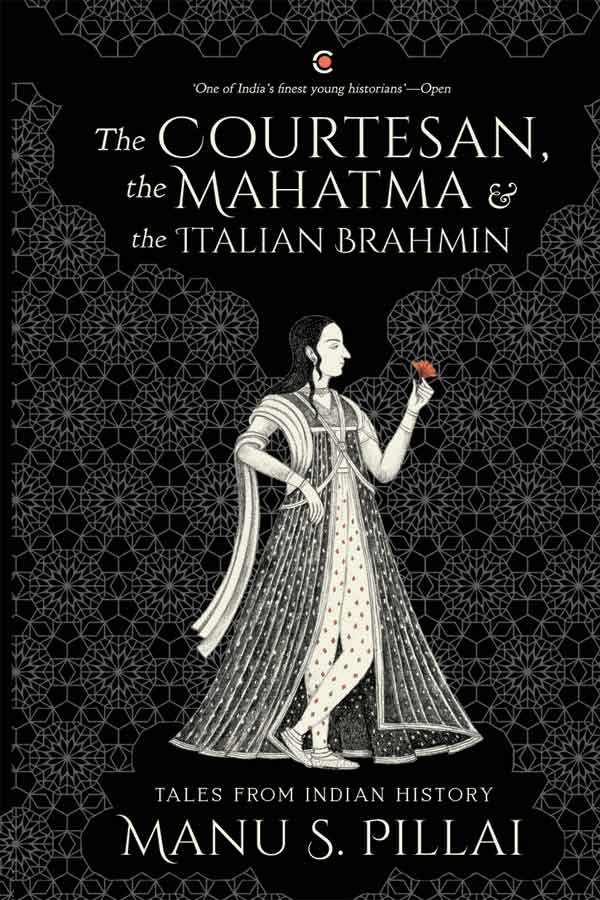
Excerpted with permission from The Courtesan, the Mahatma & the Italian Brahmin by Manu S. Pillai, published by Context, June 2019

